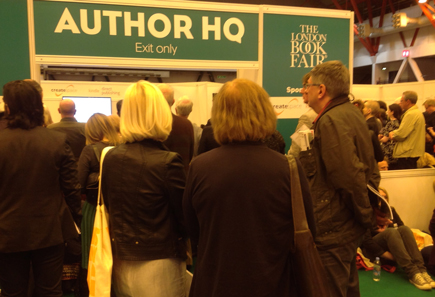Edited volumes are tricky to put together. Too often they arise from a conference panel that thematically may be coherent but the contributing papers are all over the place. In addition, the tendency is for the panel organizer(s) to be expected to take on the role of volume editor. That is not always the best choice.
No surprises, then, that quite a few publishers turn their noses up at edited volumes, equating them with raw conference proceedings.
That is a mistake in my opinion. Strangely, it is often faster to get a chapter peer reviewed and published in an edited volume than it is to have an article appear in a top-flight journal. Quite frequently, then, such a chapter is the fastest way for new research to get out into the public domain. Moreover, because this chapter will appear with others dealing with the same research area, its impact will likely be higher than if published as an article hidden among journal articles covering all manner of subjects.
Sadly, it is not only a lot of publishers who are blind to this situation; the research assessment bureaucrats devising points ratings in different countries for the various types of publication also often miss this important truth.
How then to improve the image of edited volumes? That will be a long, hard slog. Essentially, these collections need to be focused, and visibly so.
The second part (visibility, recognition) completely relies on the first – focus. Here is where I shall concentrate today.
To bring focus into an edited volume, especially that arising from a conference panel, I would suggest the following as a minimum:
- Ensure the volume editor is credible and strong, able and willing to take the hard decisions.
- Stamina and time are also necessary in volume editors. Sometimes, then, the combination of a well-regarded senior scholar with an energetic junior doing much of the heavy lifting works very well.
- Contributing chapters cannot be the same as the papers presented at the panel. Some will be unsuitable and must be (regretfully) dropped; others may need to be recruited.
- Moreover, all papers should be rethought in terms of them now being an integrated chapter in a focused volume. They should “talk” to the overarching themes of the volume and where possible offer concrete linkages to other chapters in the volume.
- There will be instances where the chapters are simply too diverse to bind the volume together of their own accord. In this situation especially – but ideally in all cases – a strong introduction to the volume is vital. Not only must this introduce the chapters to follow and draw linkages between them; it should also transcend the chapters to create a discourse that the rest of the volume talks to – in musical terms composing a riff that each solo instrument then plays in its own way.
Normally, volume editors and contributors may have met at a conference but thereafter only interact remotely – by email, conference calls and document sharing, for instance. Missed deadlines, misunderstandings and even misbehaviour are not uncommon as a result. Focus in a volume can be vastly improved, then, if everyone involved gets to met again at a workshop aimed at critiquing and refining their contributions. Sadly, lack of funding means this is a rare thing unless all of the contributors come from the same area.
Currently, I am involved in two such publication projects where funding has been found to bring all the volume contributors together at a publication workshop – and, better still, together with discussants offering immediate but detailed feedback (a superior form of peer review in some ways).
Last week I attended the workshop for one of the projects, which has its origins in a defined research programme with invited participants rather than as a conference outcome. The workshop was only the latest in several workshops held. The presentations were very encouraging, the feedback excellent; focus was everywhere. I have high hopes for the success of this volume and the EverJust Myanmar research project it is part of.





 Posted by Gerald Jackson
Posted by Gerald Jackson 







